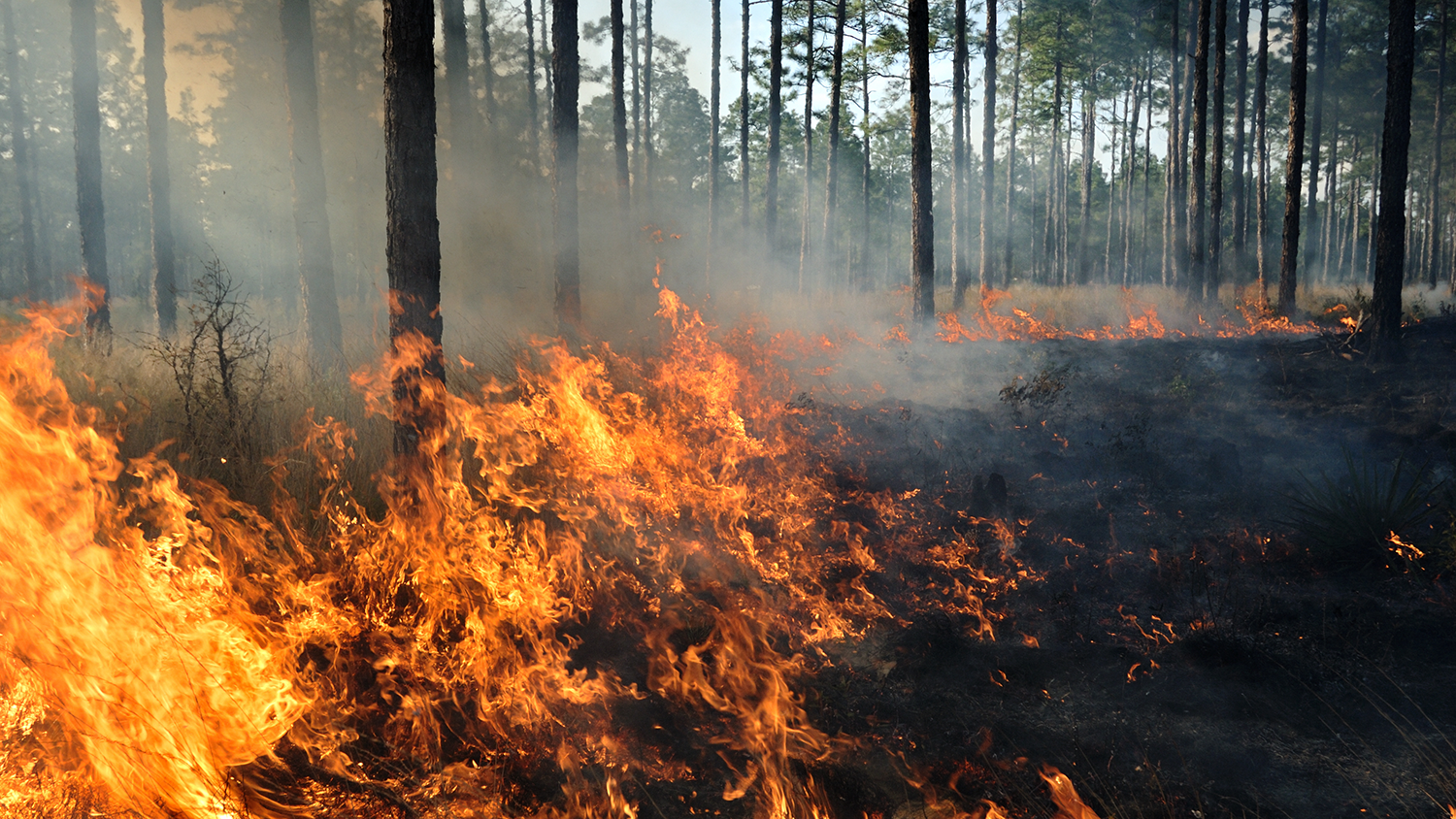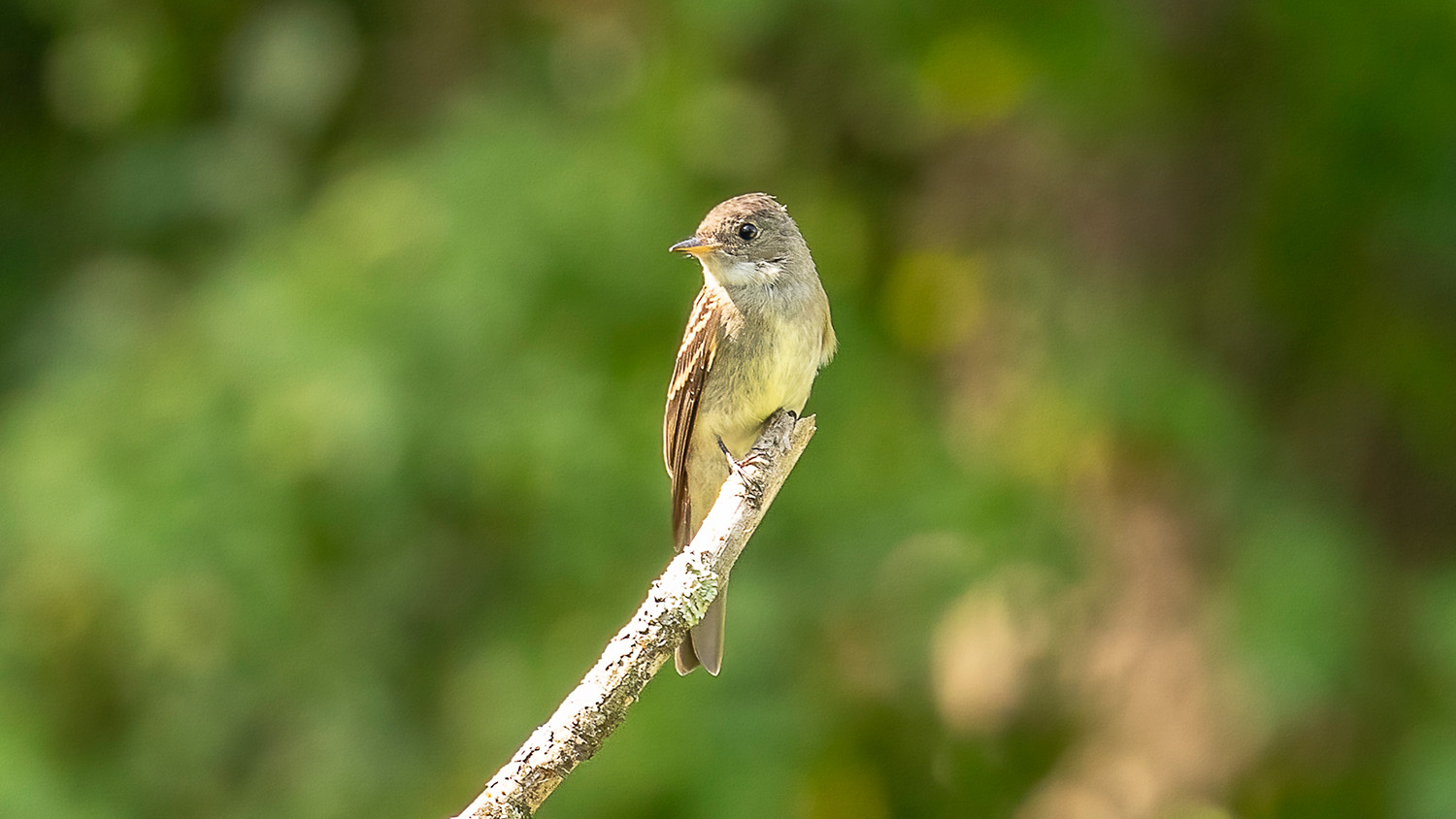How Wildfires Impact Wildlife

Wildfires can spread quickly and burn thousands of acres of land in just a matter of hours. These blazes can not only wreak havoc on human communities, but they can also affect wildlife and their habitats.
“Our planet has burned for millenia so animals have inherent adaptations to deal with wildfires. However, as with any disturbance, there are always winners and losers following fires,” said Chris Moorman, a professor of fisheries, wildlife and conservation biology at NC State University.
Moorman, whose research focuses on the effects of wildfires, prescribed fires and other human activities on wildlife, added that animals seek cover underground or under protective cover or flee to safer areas in order to avoid being injured or killed by wildfires.
Some animals, especially those that are immobile or too slow to escape, are more vulnerable to the smoke and heat. of wildfires. But the majority of the wildfire-related effects on wildlife are linked to changes in vegetation structure and composition following the fire.
“The losers are losers because habitat disappears as the vegetation changes following a fire,” Moorman said. “Conversely, the winners are winners because their habitat requirements match the post-fire conditions.”
Those conditions — and the effects on wildlife — depend on the intensity and frequency of wildfires, according to Moorman. Intensity refers to the amount of heat released by wildfires, while frequency refers to the recurrence of wildfires in a given area over time.
High-intensity wildfires can have dramatic effects on wildlife communities. In addition to burning understory vegetation, these wildfires often kill all or a portion of the tree canopy. The reduction in overstory trees allows more light penetration to the ground, leading to a denser understory and a general shift in the structural characteristics of the plant community.
Research shows that the increase in understory woody vegetation following high-intensity wildfires can benefit birds, some lizard species and even herbivores like white-tailed deer and elk. However, because the ground becomes hotter and drier due to increased light penetration, salamanders and other animals that prefer cool, moist microclimates may be displaced for a period of time.
Unfortunately, with climate change creating warmer and sometimes drier conditions, wildfires are increasing in frequency, intensity and duration to become what scientists call “megafires.” Megafires are large-scale, uncontrollable blazes that consume more than 100,000 acres of land.
Moorman said these extreme wildfires may increase the risk of wildlife injuries and mortalities. “In addition to the direct and immediate threats of intense wildfires to individual animals, more frequent megafires can lead to dramatic and permanent landscape transformation, which has long-term implications for many wildlife species.”
Local, state and federal agencies are working to mitigate the risk of megafires through the frequent use of prescribed fire, or the controlled application of low-intensity fire under predetermined weather conditions.
Prescribed fire reduces the amount of leaf litter and other understory vegetation that fuel wildfires. And while the use of prescribed fire doesn’t come without the risk of harming wildlife, it’s less disruptive than high-intensity wildfires.
“Prescribed fires can be critically important to restoring or maintaining habitat for a variety of wildlife species, many of which are of high conservation priority in the southeastern United States. Hence, the risk of an individual animal dying during a prescribed fire typically doesn’t outweigh the overall benefits of the habitat created by the fires,” Moorman said.
Frequent, low-intensity fires reduce understory vegetation and sometimes damage small trees, according to Moorman. These effects can displace birds and other animals that use the understory for food and cover, but only temporarily as the vegetation and leaf litter layer recover quickly.
“Vegetation usually returns to the burned areas within weeks or months,” Moorman said. “When that happens, the animals typically return. Plus, other animals, such as wild turkeys, are attracted to areas soon after fire because they forage on seeds and invertebrates on the ground in the blackened areas.”
Moorman added that the repeated use of low-intensity prescribed fires can lead to increases in the abundance and diversity of certain plant species in the understory over time. The fires eventually kill woody plants, which favors the growth of grasses and wildflowers and creates habitat for species that require herbaceous plants as food or cover.


